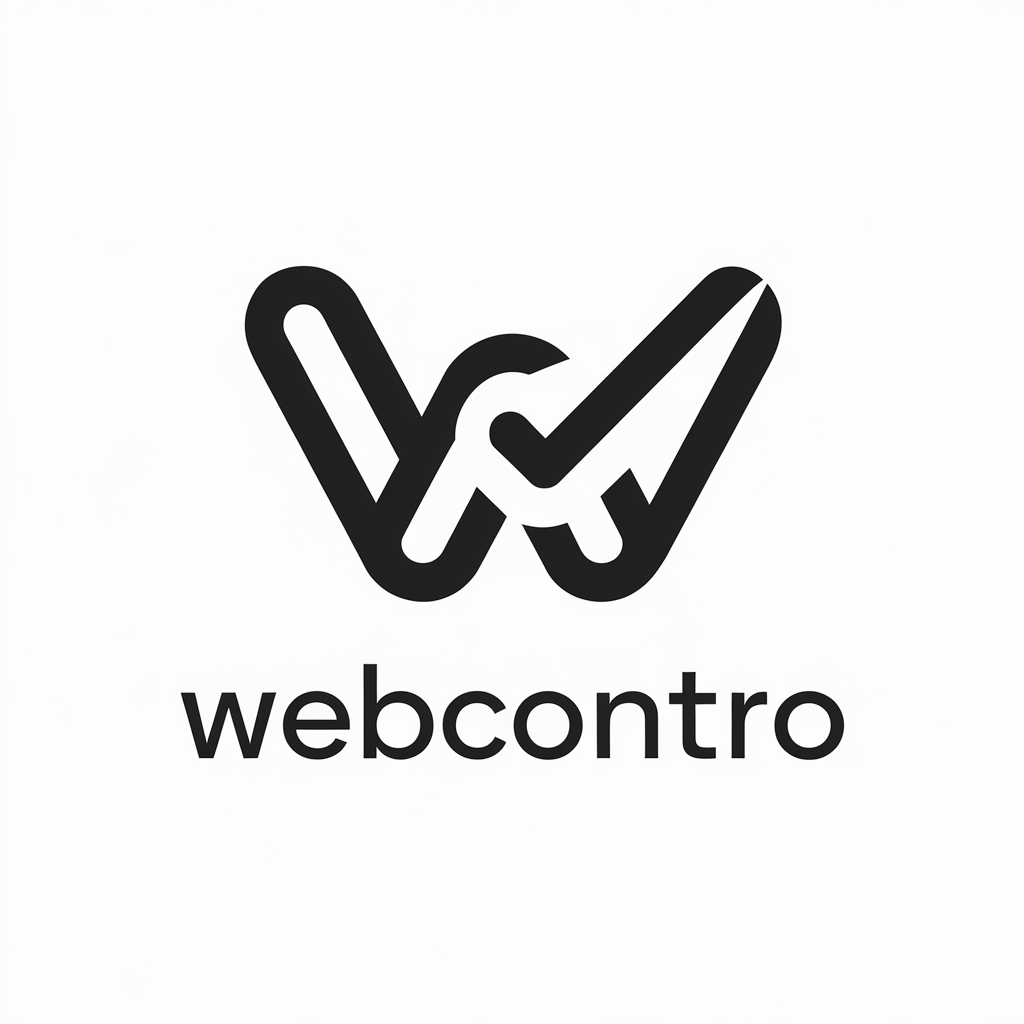You're about to initiate the journey of business plan writing, a task that might seem intimidating at first. But don't worry—there's a straightforward way to tackle it. By breaking down the process into manageable parts, you can effectively communicate your vision without feeling overwhelmed. From setting clear objectives to understanding market dynamics, each step is essential in shaping a compelling plan. Yet, how do you guarantee your financial forecasts align with your business goals, and how do you articulate a unique value proposition? There's a method to simplify these seemingly complex tasks.
Understanding Business Plan Basics
Creating a solid business plan starts with understanding its fundamental components. You'll need to immerse yourself in what makes your business unique and how it meets market needs.
Begin with an executive summary that captures your business's essence in a concise overview. Then, outline your company's description, detailing what you offer and the problems you solve.
Next, conduct a market analysis to understand your industry, competitors, and target audience. Describe your organizational structure, emphasizing key team members and their roles.
Don't forget to explain your product or service line, focusing on what sets it apart. Finally, include a financial plan with projections, illustrating your business's potential for growth and profitability.
Grasping these basics guarantees your business plan is both thorough and compelling.
Setting Clear Objectives
Make certain your objectives align with your overall vision and mission.
Use the SMART criteria: Specific, Measurable, Achievable, Relevant, and Time-bound. This guarantees your goals are clear and reachable.
Conducting Market Research
Before diving into the details of your business plan, conducting thorough market research is essential, as it provides valuable insights into your industry, competitors, and target audience.
Start by identifying key industry trends and changes. Analyze competitors to understand their strengths and weaknesses. This helps you position your business uniquely.
Explore your target audience's preferences and behaviors to tailor your offerings effectively. Use surveys, interviews, and online tools to gather data.
Don't overlook social media platforms, as they offer a wealth of information on consumer sentiments and trends.
Remember, solid market research isn't just about data collection—it's about interpreting the information to make informed decisions.
With these insights, you'll craft a business strategy that resonates with your market.
Crafting the Financial Forecast
While delving into crafting the financial forecast, remember it's an essential component of your business plan that outlines your company's projected financial performance.
Start by gathering historical data if available, as it provides a foundation for your projections. Estimate revenue by analyzing market trends and your business's growth potential.
Don't forget to take into account seasonal variations and economic factors that might influence sales.
Next, outline your anticipated expenses. Include fixed costs like rent and variable costs such as materials and labor.
Be realistic; overestimating profits or underestimating costs can lead to inaccuracies. Prepare a cash flow statement to guarantee you can meet financial obligations.
Finally, review and adjust your forecast regularly to reflect changes in the business environment, making sure it remains a reliable tool for decision-making.
Defining Your Value Proposition
Every successful business plan hinges on a compelling value proposition.
It's the backbone of your strategy, explaining why customers should choose you over competitors.
To define your value proposition, focus on these key elements:
- Identify Customer Needs: Understand what problems your customers face and how your product or service solves them.
- Highlight Unique Benefits: Pinpoint what makes your offering stand out. Whether it's cost, quality, or innovation, make it clear.
- Clarify Target Audience: Know exactly who you're serving. Tailor your value proposition to meet their specific needs and preferences.
- Use Clear Language: Avoid jargon and be direct. Your message should be easily understood by anyone.
Conclusion
You've got the tools to craft a compelling business plan by breaking down its core components. With a clear understanding of business basics, well-defined objectives, thorough market research, and a solid financial forecast, you're ready to communicate your unique value proposition. Remember, simplicity and clarity are your allies. By following these steps, you'll confidently set a strong foundation for your entrepreneurial journey, paving the way for potential success and growth. Now, go make your vision a reality!


